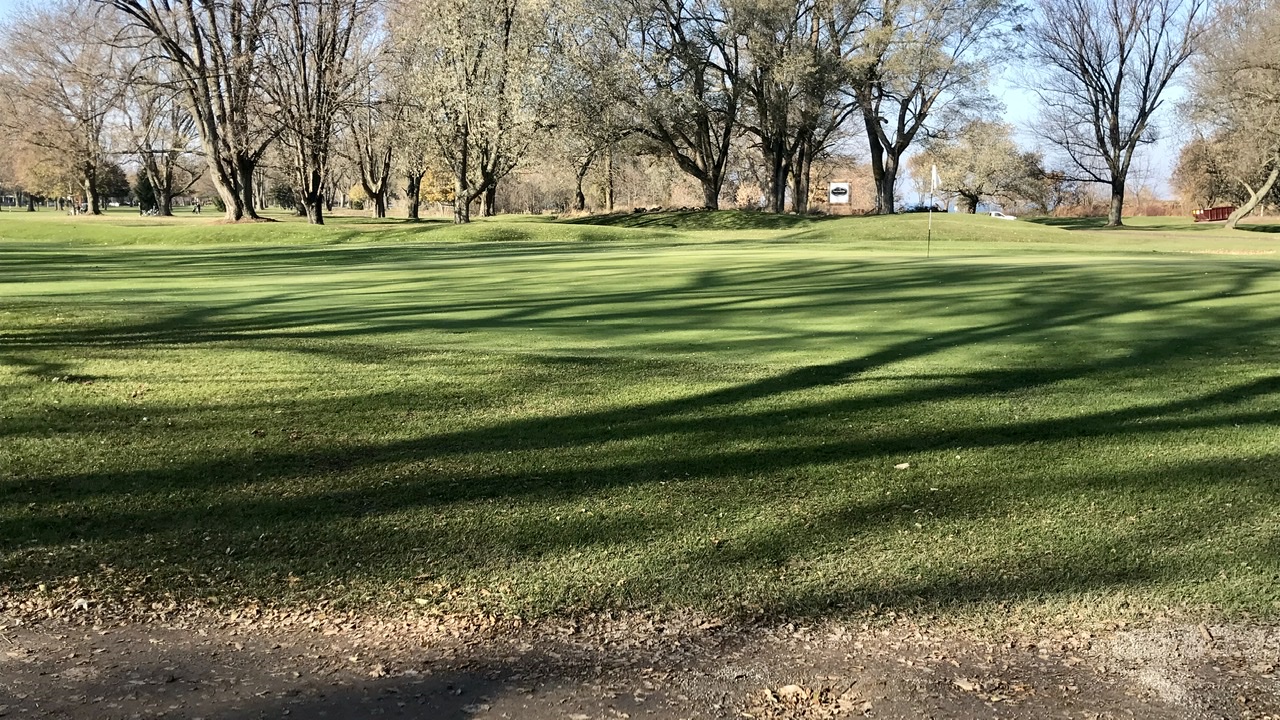
”It is only the innocent mind, the mind unclouded by experience, totally free from the past – it is only such a mind that can perceive what is reality. There is no question of ‘how.’ Your mind must not be distracted by the ‘how,’ by the desire for an answer. Such a mind is not attentive. If you are attentive with your whole being, then you will see that there is an immediate perception in which no time is involved. There is no effort, no conflict. It is this immediate perception, this choiceless awareness, that puts an end to sorrow.” ~ J. Krishnamurti, The Book of Life
This term, choiceless awareness, supposedly originated with Krishnamurti in the mid-20th century (Wikipedia). It’s considered to be a state of unpremeditated, complete awareness of the present without preference, effort, or compulsion. This kind of awareness is similar to mindfulness practice. It takes in everything but attaches to nothing. It’s a practice of evenly hovering attention, letting go of likes and dislikes. It’s a state of mind in which, as Krishnamurti says, there is no conflict. There is no story, no judgments. There is self-forgetting and a feeling of timelessness.
Choiceless awareness is the state of being in the perceptual space – pre-thought. You may have to make a choice eventually but being in this choiceless space is quite freeing and enlivening.
I asked the members of our 30 Days of Perception course to practice choiceless awareness; to be completely open to whatever perceptions arose without preconceptions about what they might be. This is a hard concept to wrap your mind around, so I wondered HOW they could practice. I suggested that they occasionally pause throughout their day and slowly scan their environment, noting everything and then letting it go. They could choose to photograph one aspect of their experience if they wished.
That day when I was out for my walk an idea came to me. I had my Smartphone and, as I walked I counted to 10, then snapped a photo of what was in front of me – without breaking stride. I did this for my entire walk. Mostly I photographed what was right in front of me, but occasionally I pointed the phone down or up or to the side, not knowing what would be there. Occasionally a glimpse of something would appear in my peripheral vision so I would turn to photograph that.
Now you may be saying to yourself that this is the exact opposite of what I normally recommend – to slow down, to pause, focus, and connect with intention. And you’re right. But the purpose of this exercise is to take your selective predilections out of the equation and to see what you might be missing. Because even when you intend to be open to surprise, there’s still so much you don’t see. The constraint of every 10 seconds means that you photograph what’s there, no matter what you might think about it. This is the choiceless part. Of course I came home with about a hundred images and I sat down with them to see if there were any surprises.
What could this choiceless snapping teach me?
First, seeing all of the pictures together, in order, gave me a sense of my walk in 10 second increments. Most of the images were of ordinary sidewalk scenes but even they taught me something – mainly how the perceptions as I move through the world are constantly changing. When I look at each one separately, they are all different in terms of colours, trees, buildings, and condition of the road and sidewalk.
Some of the images were blurry since I didn’t stop walking to take the photo. Next time I will stop every 10 seconds to take the photo. I did get some very surprising perceptions and ones that I quite liked photographically, after slight enhancements and a little cropping. You could do this exercise without a camera too, stopping to take a mental picture every 10 seconds. This is a great way to practice presence and to pause, focus, and connect with a moment. Be open to what you discover and I guarantee it will be surprising.
Krishnamurti says that you can’t practice being aware. This is something I tried to get across in the course, that seeing perceptions – what is right in front of you – is more a matter of letting go – of preconceptions, wants, likes and dislikes. It’s simply observing and seeing what’s already there before your mind tries to make sense of it. This exercise is a way of doing just that. I hope you try it and please do let me know how it worked out for you.
I enjoyed this article, Kim. I did the photo shoot by taking 10 steps before taking a photo in my peripheral vision. It was a really interesting and fun thing to do!